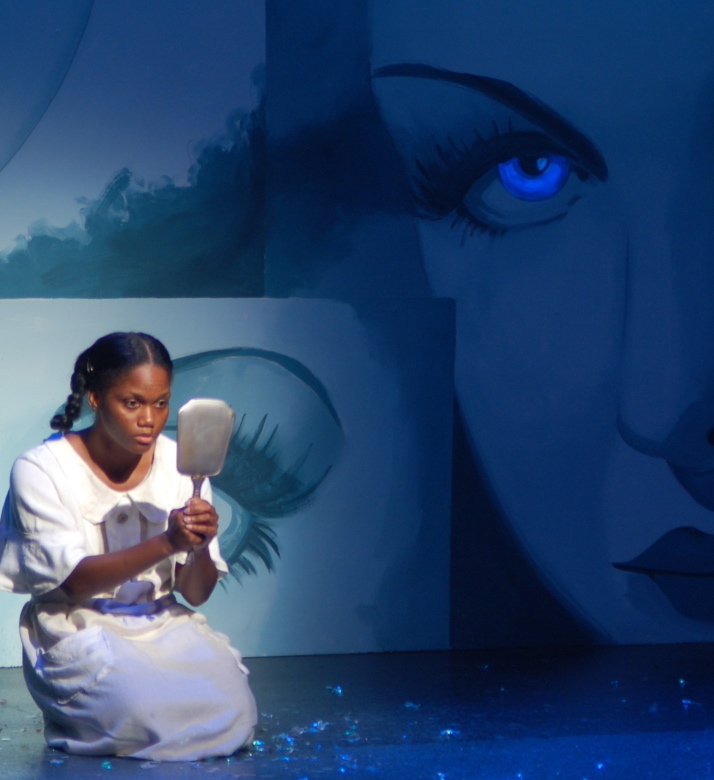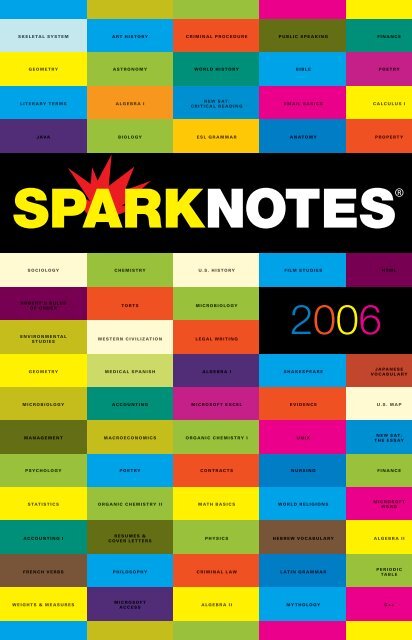
Instead of conventional chapters and sections, The Bluest Eye is broken up into seasons, fall, winter, spring, and summer.

In addition to narrative structure, the structure and composition of the novel itself help to illustrate how much and for how long white ideas of family and home have been forced into black culture.
Spark notes the bluest eye movie#
Pecola’s experiences would have less meaning coming from Pecola herself because a total and complete victim would be an unreliable narrator, unwilling or unable to relate to the actual circumstances of that year.Ĭlaudia, from her youthful innocence, is able to see and relate how the other characters, especially Pecola, idolize the “ideal” of beauty presented by white, blue-eyed movie stars like little Shirley Temple. Much of the narration comes from Claudia MacTeer as a nine-year-old child, but Morrison also gives the reader the insight of Claudia reflecting on the story as an adult, some first-person narration from Pecola’s mother, and narration by Morrison herself as an omniscient narrator. Narration in the novel comes from several sources. The narrative structure of The Bluest Eye is important in revealing just how pervasive and destructive social racism is. She uses many different writing tools to depict how “white” beliefs have dominated American and African American culture.

Morrison is able to use her critical eye to reveal to the reader the evil that is caused by a society that is indoctrinated by the inherent goodness and beauty of whiteness and the ugliness of blackness.


 0 kommentar(er)
0 kommentar(er)
